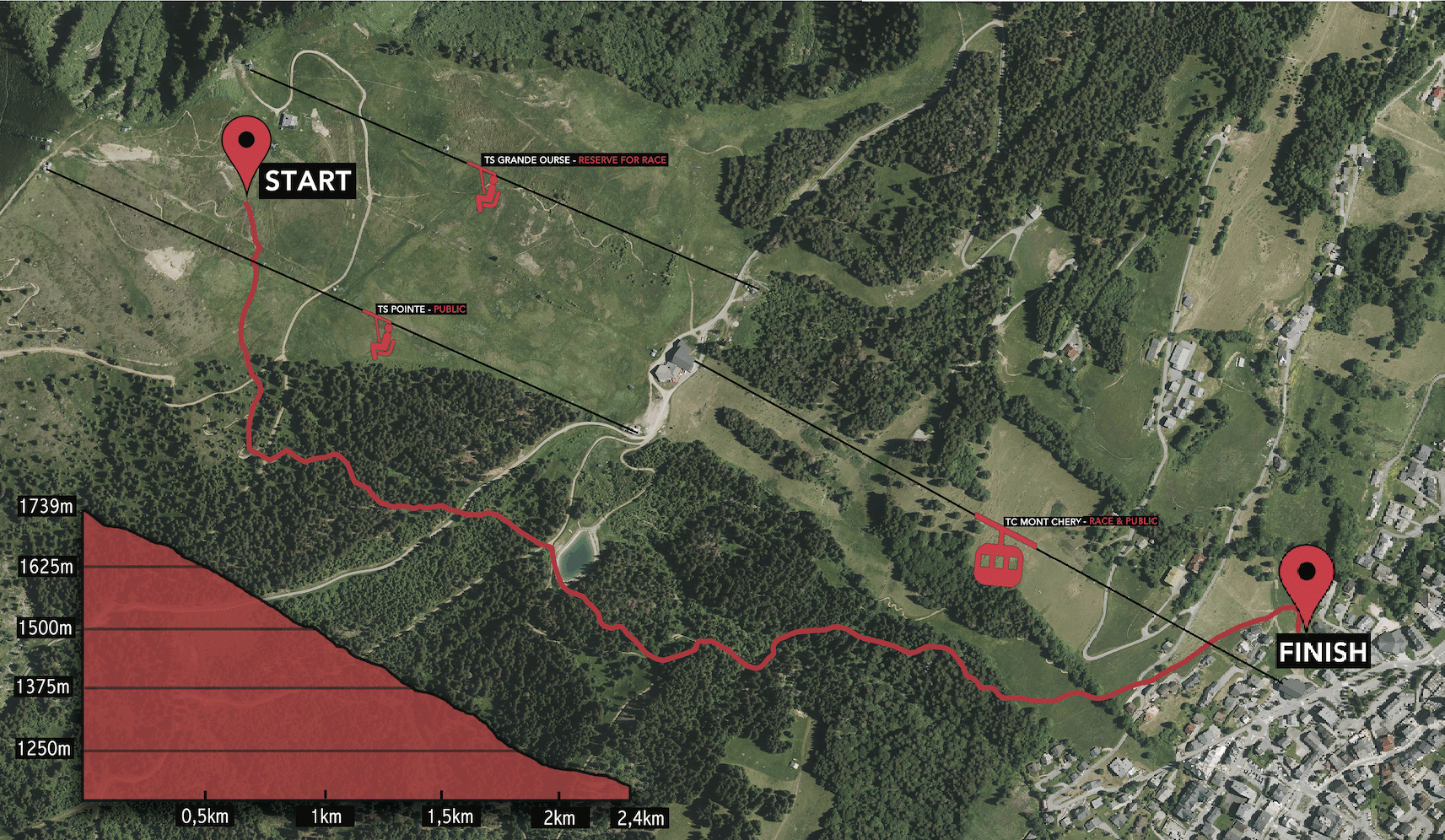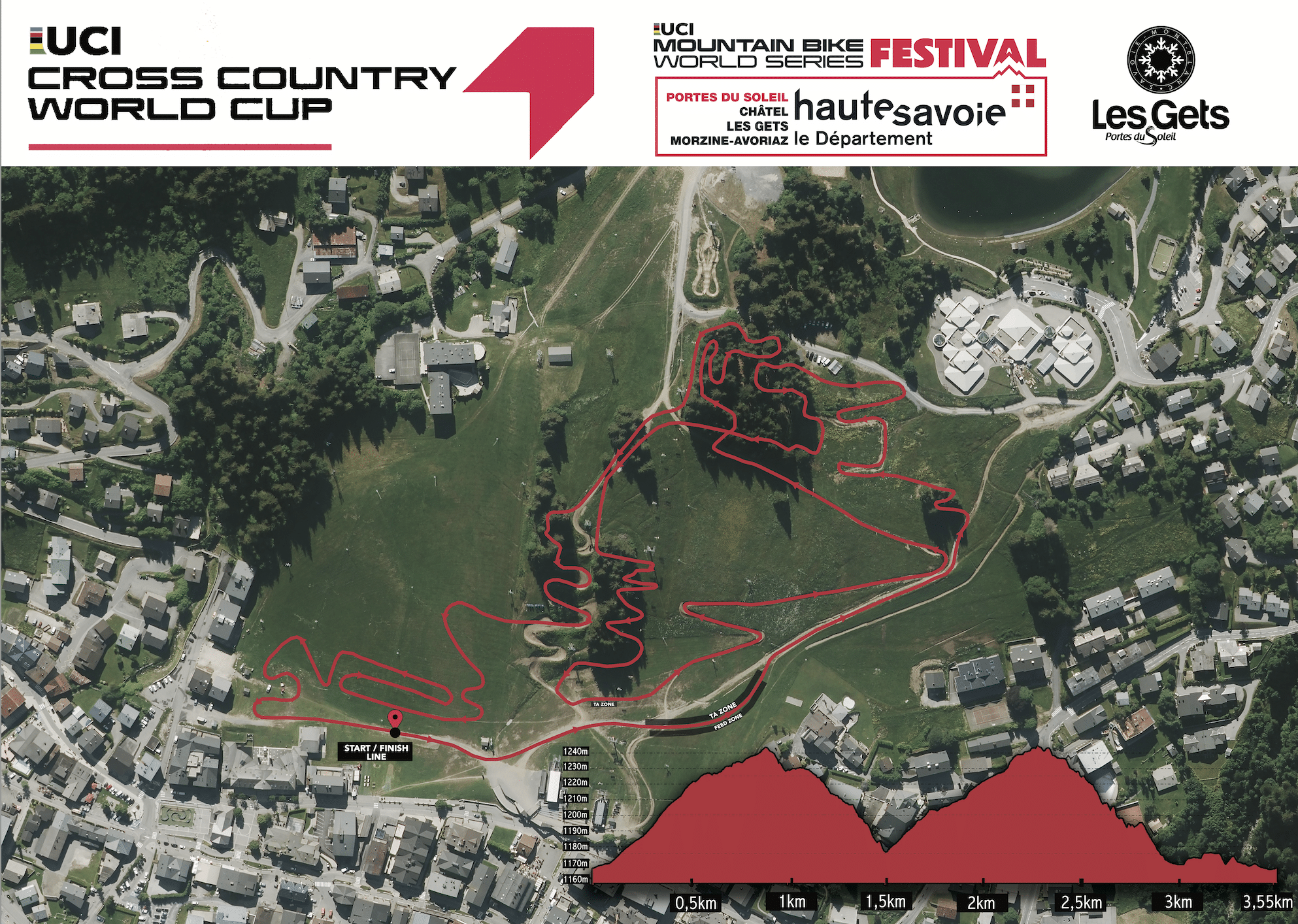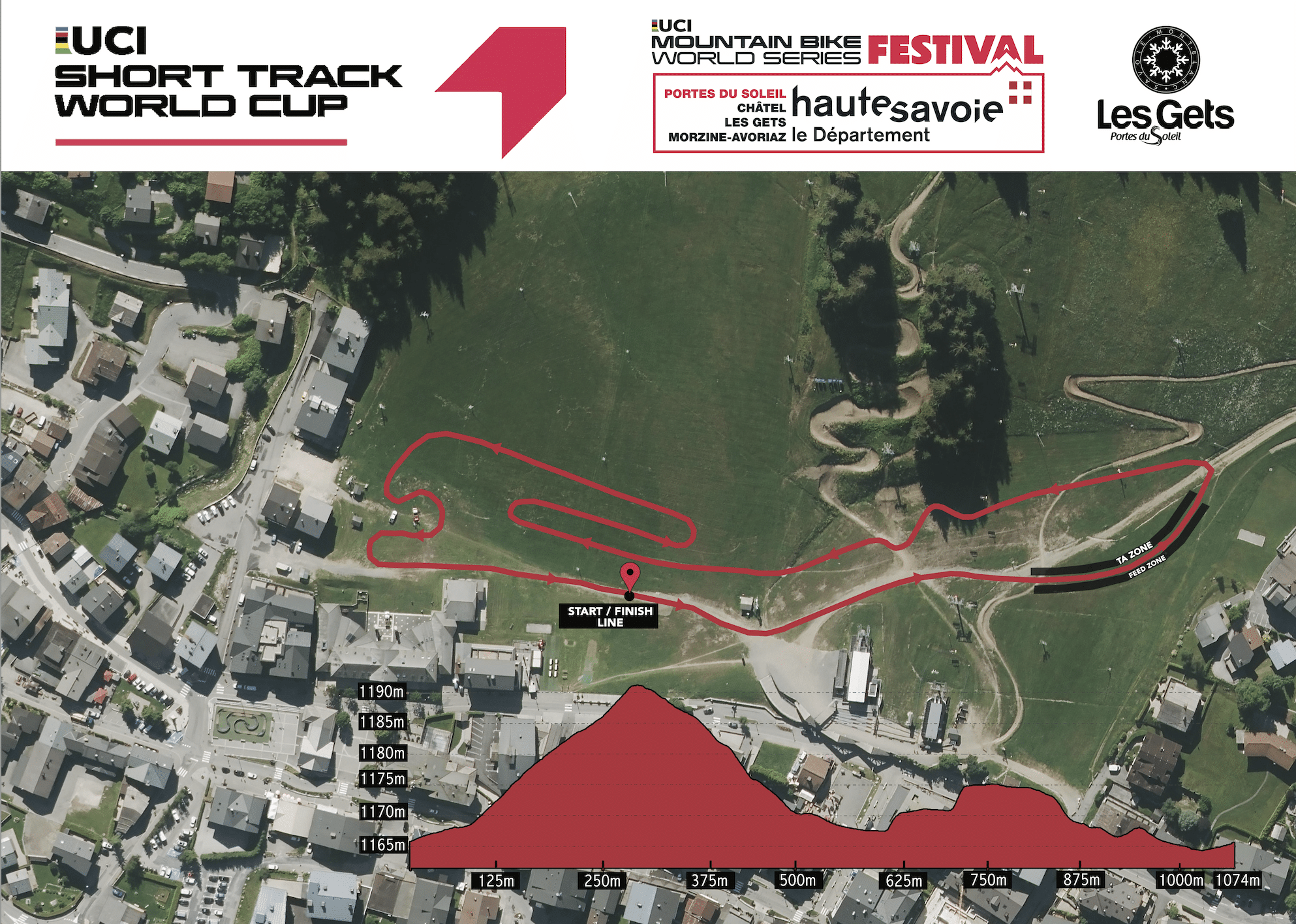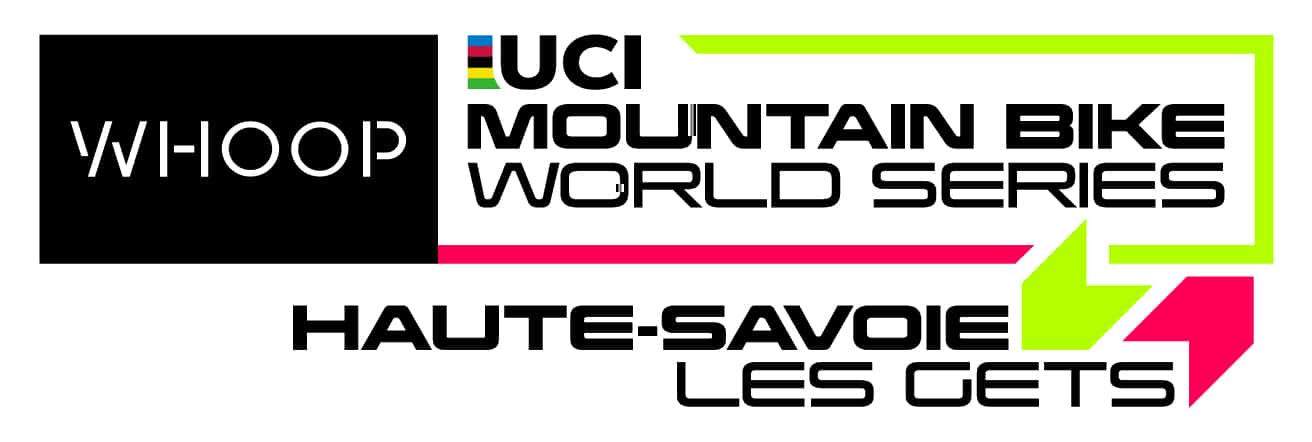The Mountain Bike World Cup is much more than just a competition. It is the meeting point for the different disciplines that make up the world of mountain biking. Each of these disciplines presents its own unique challenges, techniques and riding styles. From fast and extreme descents to technical climbs and demanding cross-country courses, the Mountain Bike World Cup events are a real challenge for competitors. 🚵♂️🔥
🔥 DHI – Downhill Individual
Downhill or DHI is certainly the most challenging and spectacular discipline in mountain biking.
It’s not difficult to understand: the aim is to arrive at the finish line as fast as possible… on a course inaccessible to the average person! Different technical or fast sections alternate with a succession of jumps, roots, clusters of stones, bends, slopes and all sorts of other obstacles destined to undermine the riders’ control. Because in this race, control is the key ingredient, with a healthy dose of fear and adrenaline!
We recommend thrill-seekers head for the Mont-Chéry track (don’t be fooled by the sweet name [literally “My darling”]) where you will be able to share all the emotions with the riders of the race… 🔥
Technical details
➡️ Start altitude : 1737 meters
➡️ Altitude fin : 1173 meters
➡️ Length : 2,2 km
➡️ Descent : 571 meters
➡️ Maximum gradient : 43,80°

🔥 XCO – Cross-Country Olympic
Because it is the most accessible, Cross-Country (with the acronym XCO, X for Cross, C for Country, O for Olympic) is the most practised and common mountain bike discipline around the world, both for amateurs and competitors.
Cross-Country became an Olympic sport in 1996 in Atlanta. It is raced on a closed track where riders do several laps. The elite events (men and women) last about 1.5 hours compared to 1.15 hours for the under 23s. The goal is to race on the course which rises and falls and alternates technically challenging sections and steep climbs. XCO performance requires endurance, strength and agility.
Unlike downhill, where individuals start alone and the best time is required, XCO events are organised as mass starts.
Technical details
➡️ Start/finish altitude : 1165 m
➡️ Max altitude : 1243 m
➡️ Distance : 3,55 km
➡️ Positive elevation : 140 m per lap
➡️ Degree of + slope average/ max : 6% / 17,4%
➡️ Degree of – slope average/ max : -7,7% / -23,9%
➡️ Surface : 35% forest undergrowth, 65% mountain pastures

🔥 XCC – Cross-country Short Track
Since 2018, the UCI has integrated a new race format into all Cross-Country World Cup stages, the XCC “Short Track”. This is a placement round and the results will be used to determine the starting grid for the XCO events.
This very short (7 loops of 1.2 km) and fast (20 minutes) race format has few technical difficulties but many challenges, requiring a great deal of physical effort and dedication to succeed. There are two schools of thought: either you observe and try to second guess each other and give it your all in the last few laps in the hope of keeping up the pace, or you give it your all from the start and try to open up the gaps quickly and race to the finish… Everyone has their own tactics in this relentless format, where suspense and emotions are felt all at once. In addition to this little game, the encouragement and excitement of the public, fired up to boost their favourite athletes, give the riders an energy spur that often makes the difference when they cross the finish line!
Technical details
➡️ Start/finish altitude : 1165 m
➡️ Max altitude : 1191 m
➡️ Distance : 1,074 km
➡️ Positive elevation : 43 meters per lap
➡️ Surface : 0% forest undergrowth, 100% mountain pastures



